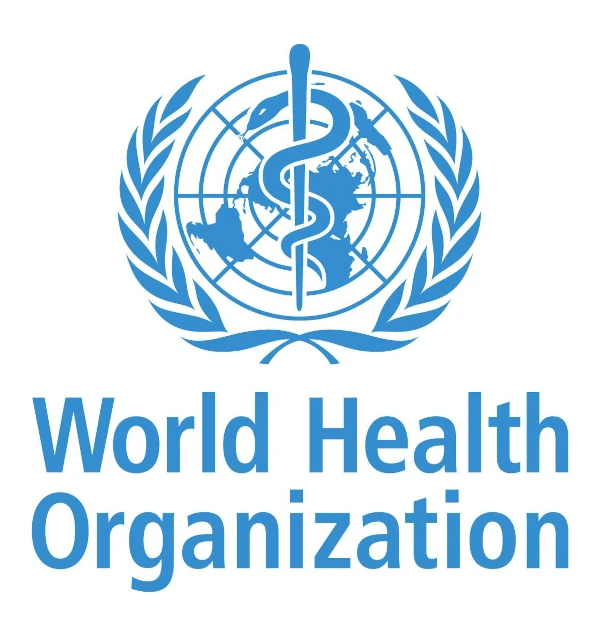What if the medicine of tomorrow didn’t consist of choosing between anxiolytics and meditation, but of intelligently combining the two?
For a long time, so-called “complementary” medicines were relegated to the margins, confined to a few private practices, or regarded as “alternative” practices disconnected from scientific rigor. But this landscape is changing. In the corridors of hospitals, in official treatment paths, in public health policies… these approaches are now making their entry, discreetly but surely.
This movement has a name: integrative medicine. It combines scientifically-proven traditional or complementary medicines with conventional medicine. Above all, it has one ambition: to offer a more holistic, more humane, more sustainable form of care, which is not limited to treating illness, but which takes care of the person in all his or her dimensions – physical, emotional, mental and social.

Traditional medicine: a lever for stressed healthcare systems
Conventional healthcare systems around the world are under severe strain. An aging population, an explosion in chronic diseases, rising costs, a shortage of professionals and growing patient expectations: these challenges are undermining the equilibrium of current models. By 2030, according to the WHO, the world will be short of more than 10 million healthcare professionals. And inequalities in access to healthcare remain profound, even in developed countries.
Faced with this reality, public health policies are looking for new levers: prevention, patient empowerment, non-drug care, person-centred approaches.
It’s against this backdrop that traditional and complementary medicine (TM/CM), long marginalized, is making a comeback. The WHO sees it as a valuable resource, culturally rooted, economically accessible and widely acclaimed. It’s also another way of thinking about healthcare: more preventive than curative, more cross-disciplinary than specialized, more cooperative than compartmentalized. It makes room for practices from other cultures or traditions, provided they are effective, safe and meet a real need on the part of patients. In other words: no magic, but enriched care.
An evolution towards integration
The aim is not to replace conventional medicine, but to integrate it in a reasoned way, based on evidence, appropriate training, rigorous regulation and ongoing scientific evaluation. In other words, the aim is to build an integrative medicine: one in which recognized traditional practices enrich care paths, in a way that is safe, effective and humane.

A worldwide approach
Since 1976, WHO has been supporting countries in the evaluation, recognition and progressive integration of traditional medicine practices. In 2023, it launched a World Centre for Traditional Medicine in India, underlining the strategic importance of this approach.
In its 2014-2023 strategy, the WHO affirms that traditional and complementary medicines :
- meet the needs of many populations, particularly where conventional medicine is inadequate,
- contribute to the prevention and management of chronic diseases,
- contribute to the achievement of universal health coverage (UHC),
- promote a person-centred approach.
Overview of traditional and complementary medicines
Traditional medicine
- Traditional Chinese medicine (TCM): acupuncture, moxibustion, phytotherapy, qi gong.
- Ayurvedic medicine (India): dietetics, massage, yoga, medicinal plants.
- Unani medicine (Greco-Arabic): humeral check-ups, dietetics, plants.
- Traditional African medicine: herbalism, spiritual care.
- Native American and aboriginal medicine: rituals, circle medicine, community care.
Complementary medicine
- Naturopathy: lifestyle, nutrition, phytotherapy.
- Osteopathy / Chiropractic: manual therapies.
- Homeopathy: infinitesimal dilutions.
- Phytotherapy: medical use of plants.
- Aromatherapy: essential oils.
- Reflexology: stimulation of reflex zones.
- Therapeutic hypnosis: modification of consciousness to treat pain or anxiety.
- Sophrology: dynamic relaxation, visualization.
- Mindfulness meditation (MBSR): stress and emotion management.
- Music therapy / Sonotherapy: treatment using music or sound (Tibetan bowls, etc.).
- Art therapy: creative expression for therapeutic purposes.
- Yoga therapy: breathing, movement and awareness.
These practices are not mutually exclusive, and this list is far from exhaustive. They can be integrated into personalized care programs, depending on the medical context, patient preferences and available resources.
Practical guide: how to discover traditional and complementary medicines with peace of mind
Would you like to integrate gentler, natural or holistic approaches into your daily life? Here are a few pointers to help you get started with integrative medicine without getting lost in the jungle of practices.
While some practices or medicines can be tried out on their own (meditation, sonotherapy, etc.), others need to be discussed with your doctor beforehand, particularly to avoid interactions if you’re taking a treatment. In all cases, a complementary approach never replaces medical care.
1. Start by listening to your needs
Stress? Chronic pain? Trouble sleeping? Need to reconnect with yourself? Make choices based on your condition, not on trends.
2. Use reliable sources of information
Read books or articles validated by health professionals. Beware of miracle promises or “magic” solutions. The WHO and hospitals sometimes offer clear guides.
3. Test a simple and accessible practice
Start with gentle, free approaches:
- Guided meditation (apps, videos)
- Sound relaxation (therapeutic music, alpha waves)
- Self-massage (videos or workshops)
- Conscious breathing
- Herbal infusions (chamomile, linden, etc.)
4. Listen to your feelings
Give yourself the right to explore, without pressure. Practice should make you feel good, not guilty. Regularity is more important than performance.
Integrating a traditional practice often means (re)taking care of yourself with gentleness, curiosity… and kindness.
You don’t have to change everything. You just need to start.
Jane Jobs, the medium for integrative hospital medicine
While traditional and complementary medicines are gaining in recognition, their deployment in the hospital environment is often limited by a lack of infrastructure, nursing time… and means of dissemination. This is precisely where the Jane Jobs platform provides a concrete response, by integrating into patient screens a library of therapeutic and educational content directly aligned with the principles of integrative medicine.
For example, Jane Jobs offers immersive sonotherapy tools, guided meditation and relaxation sessions, adapted to all profiles and energy levels. These practices help reduce stress, pain and anxiety – often sources of excessive medication or sleep disruption.
But the platform goes even further: introductory videos on self-massage, gentle yoga or conscious breathing are offered at the end of the stay, to support patients in their transition to autonomy at home. In this way, Jane Jobs becomes a tool for prevention and therapeutic education, extending care beyond the hospital walls.
By integrating seamlessly into care paths without disrupting medical protocols, Jane Jobs helps bridge the gap between technological innovation and therapeutic wisdom, making the benefits of integrative medicine safely accessible to all.
A platform for the well-being of patients and caregivers
Jane Jobs is committed to facilitating access to the best applications for improving patient care and lightening the burden on caregivers. That’s why our platform integrates a wide range of solutions, including sound therapy, therapeutic music and relaxation tools tailored to hospital needs.
👉 Tailor-made support for every department
👉 Easy access to proven solutions
📩 Contact us to find out more!
DISCLAIMER
The sole aim of this article is to provide an overview of the benefits of alternative medicine in the context of health care. They are not a substitute for medical treatment, and we recommend that you discuss them directly with your doctor. Even as a complement, his or her supervision will ensure not only your safety, but also the success of your treatment.


